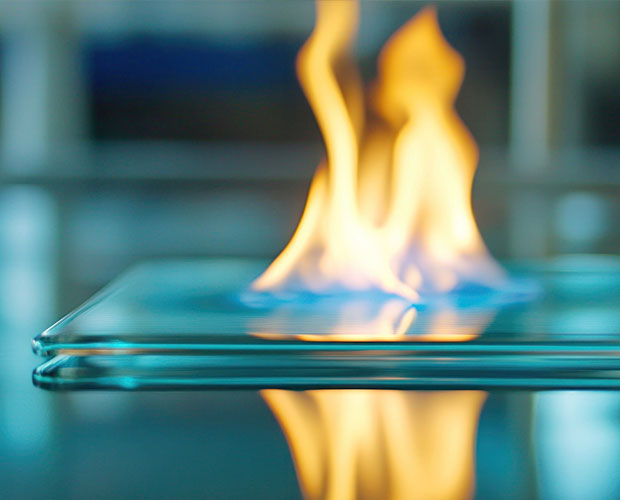Innovative coatings for specific applications
ORMOCER® and bioORMOCER® coatings are characterized by inorganic-organic structures that allow a high degree of flexibility combined with high hardness and a good chemical resistance. This structure makes them highly adaptable - depending on individual requirements. ORMOCER® coatings are also very thin and therefore gentle on the material. Special functional coatings have additional properties such as insulation, IR reflection, flame protection and sensor function. Our materials are therefore used in a wide range of industries, for example in the automotive sector, medical technology and electronics.
Special functional coatings play a decisive role in modern materials research. They not only provide protection and stability, but also give surfaces additional specific functional properties. ORMOCER® and bioORMOCER® coatings in particular are characterized by their unique hybrid structure, which combines organic and inorganic and enables the development of specifically adjustable properties, as well as insulating, IR-reflecting, photocatalytic and structured layers or innovative sensors.
Thanks to their high adaptability and versatility, they contribute to solving complex technological challenges in various industries.






